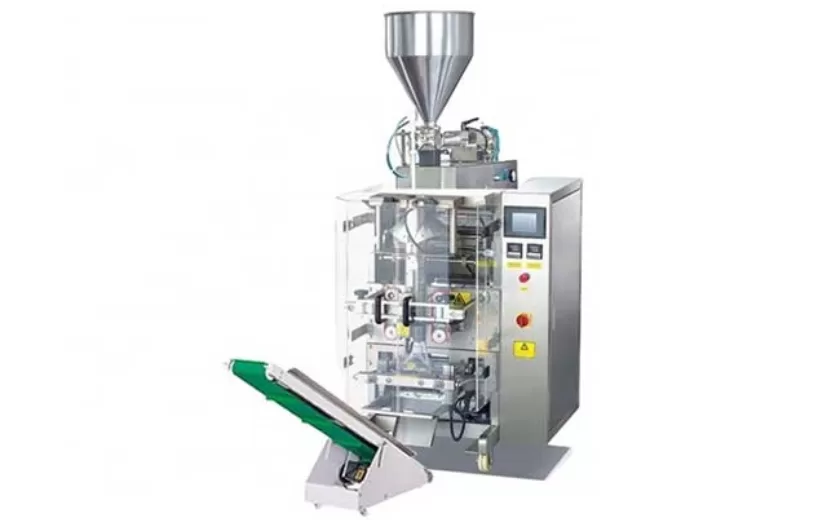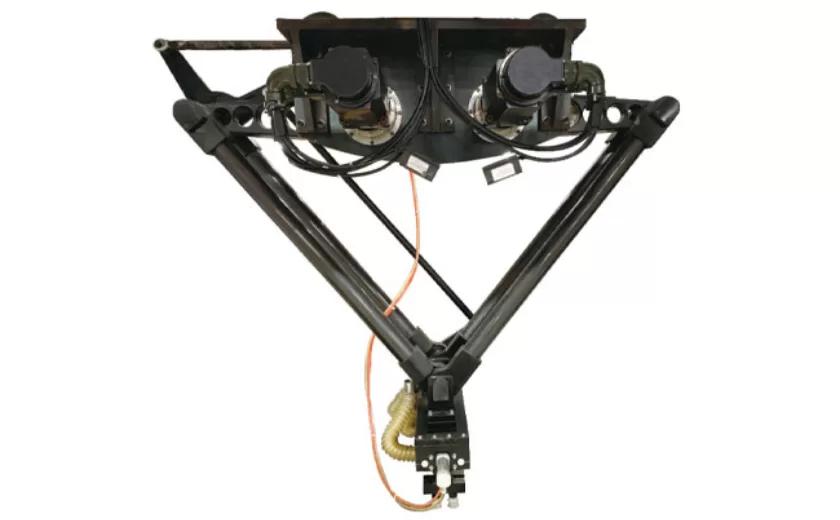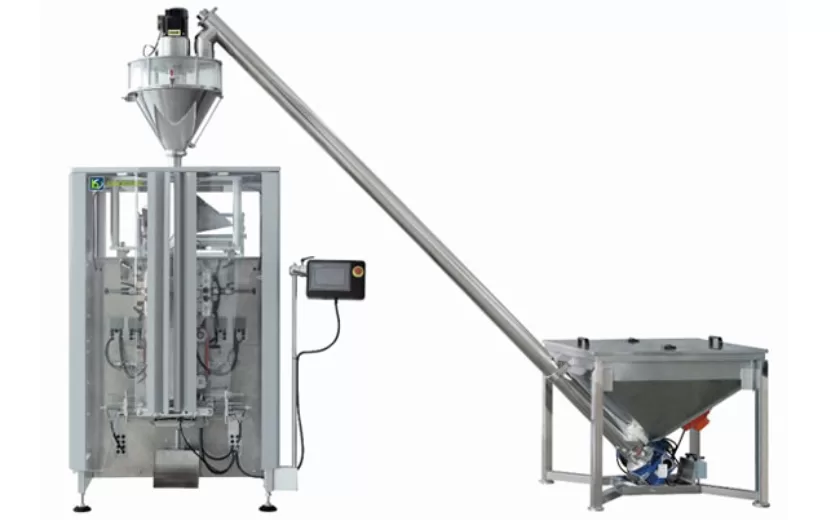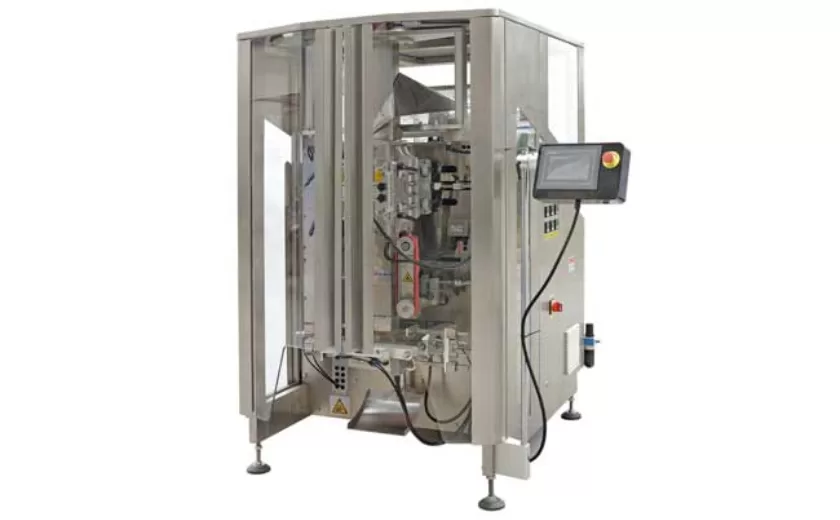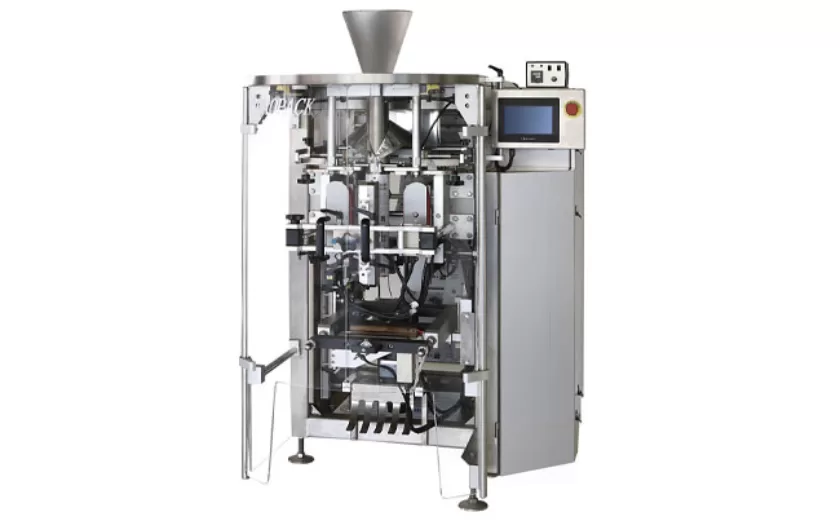Quality Control in Vertical Bagger Operations
Introduction
Quality control (QC) is essential in vertical bagger operations to ensure the production of high-quality products that meet customer specifications. Vertical baggers are automated machines that fill and seal flexible packaging materials, such as bags or pouches. Implementing effective QC measures is crucial for maintaining product consistency, preventing defects, and ensuring customer satisfaction.
Raw Material Inspection
Before the bagging process begins, it is imperative to inspect raw materials to verify their quality and suitability. This includes checking the condition of packaging materials, such as bags, films, and closures, for any signs of damage or contamination. Raw materials should also be tested to ensure they meet the required specifications for thickness, strength, and moisture content.
Equipment Calibration and Maintenance
Vertical baggers require regular calibration and maintenance to ensure accurate filling and sealing operations. Calibrating the machine involves adjusting its settings for proper weight control and sealing pressure. Maintenance includes cleaning, lubricating, and inspecting the machine’s components to prevent malfunctions and ensure optimal performance.
In-Process Monitoring
Throughout the bagging process, in-process monitoring is essential for detecting any deviations from the desired specifications. This involves observing the machine’s operation, checking product samples for weight, size, and appearance, and monitoring temperature and pressure readings. In-process adjustments can be made as needed to maintain product consistency and prevent defects.
Product Inspection
Once products have been bagged, they undergo a final inspection to ensure they meet quality standards. This includes visual inspections for defects, such as punctures, tears, or leaks. Products may also be weighed and tested to ensure they meet the specified weight tolerances. Automated inspection systems can be implemented to enhance the efficiency and accuracy of product inspection.
Packaging Optimization
To maximize the effectiveness of vertical bagging operations, packaging should be optimized to ensure product protection and minimize waste. This involves selecting the appropriate packaging materials and designing the package to optimize space utilization and minimize handling damage. Optimizing packaging also helps reduce material costs and environmental impact.
Record Keeping and Analysis
To maintain consistency and improve QC procedures, it is essential to maintain accurate records of all QC activities. This includes recording test results, inspection observations, and any corrective actions taken. Analyzing these records can help identify trends, pinpoint areas for improvement, and develop preventive measures to minimize defects and enhance product quality.
Quality control in vertical bagger operations is an ongoing process that encompasses multiple aspects, including raw material inspection, equipment calibration, in-process monitoring, product inspection, packaging optimization, and record keeping. By implementing comprehensive QC measures, manufacturers can ensure the production of high-quality products, meet customer requirements, and maintain a competitive advantage in the market.
-
Advanced Packing Solutions: Snacks, Sugar, and Frozen Food Machines
29-10-2025 -
Efficient and Reliable Solutions for Salt, Nuts, and Frozen Dumplings Packing
29-10-2025 -
High-Performance Biscuits, Lollipop, and Ketchup Packing Machines for Modern Food Production
29-10-2025 -
Efficient Liquid Filling and Packing Machines for Modern Production
23-10-2025 -
Reliable Granule Packaging Machines for Efficient Production
23-10-2025 -
Efficient Auger Powder Filling Machines for Accurate Packaging
23-10-2025 -
High-Performance Liquid Filling and Packing Machines for Hygienic Production
10-10-2025 -
High-Efficiency Granule Packaging Machines for Precision and Speed
10-10-2025 -
High-Precision Auger Type Powder Filling Machines for Efficient Packaging
10-10-2025 -
Efficient Vertical Form Fill Seal Packaging Machines for Smart Production
10-10-2025





